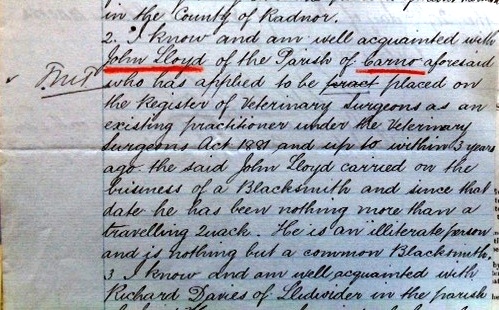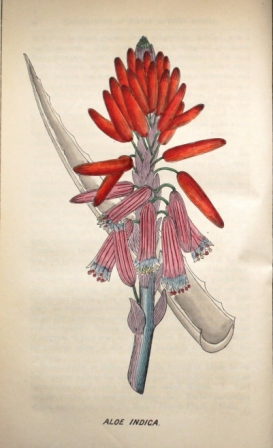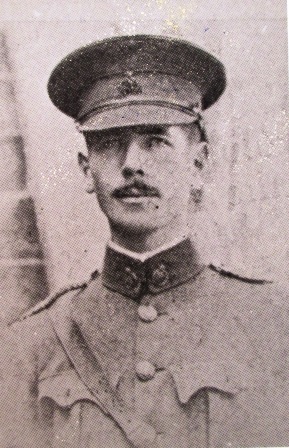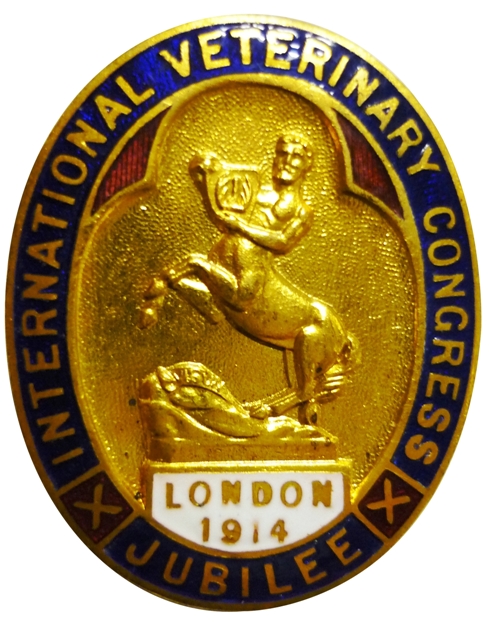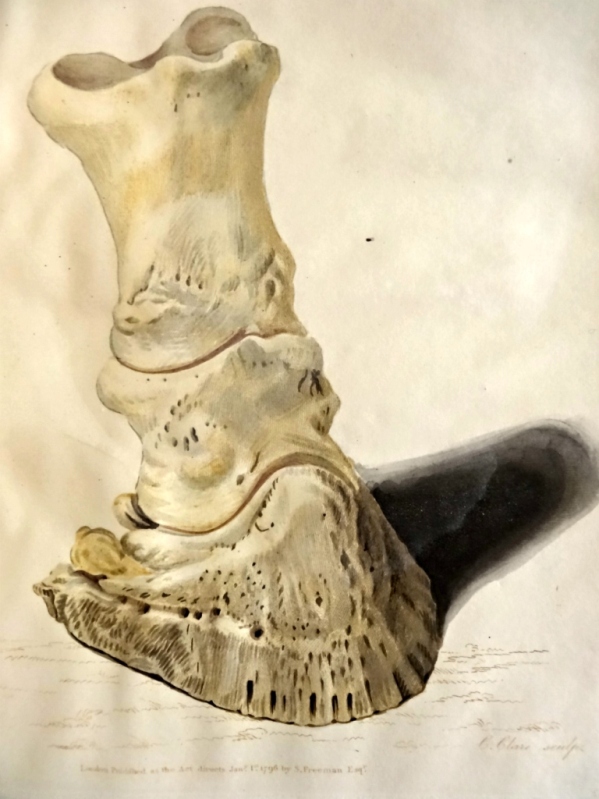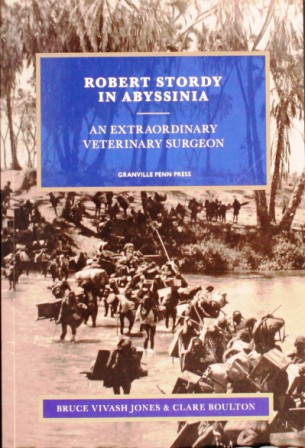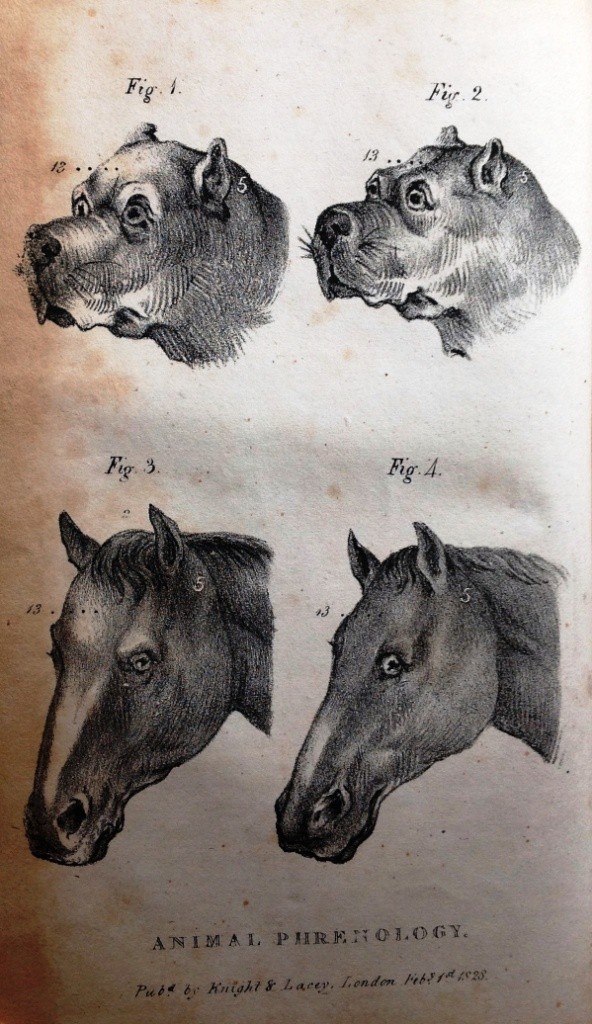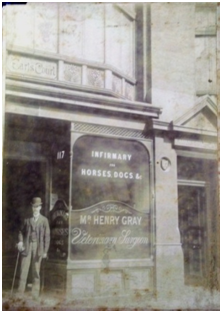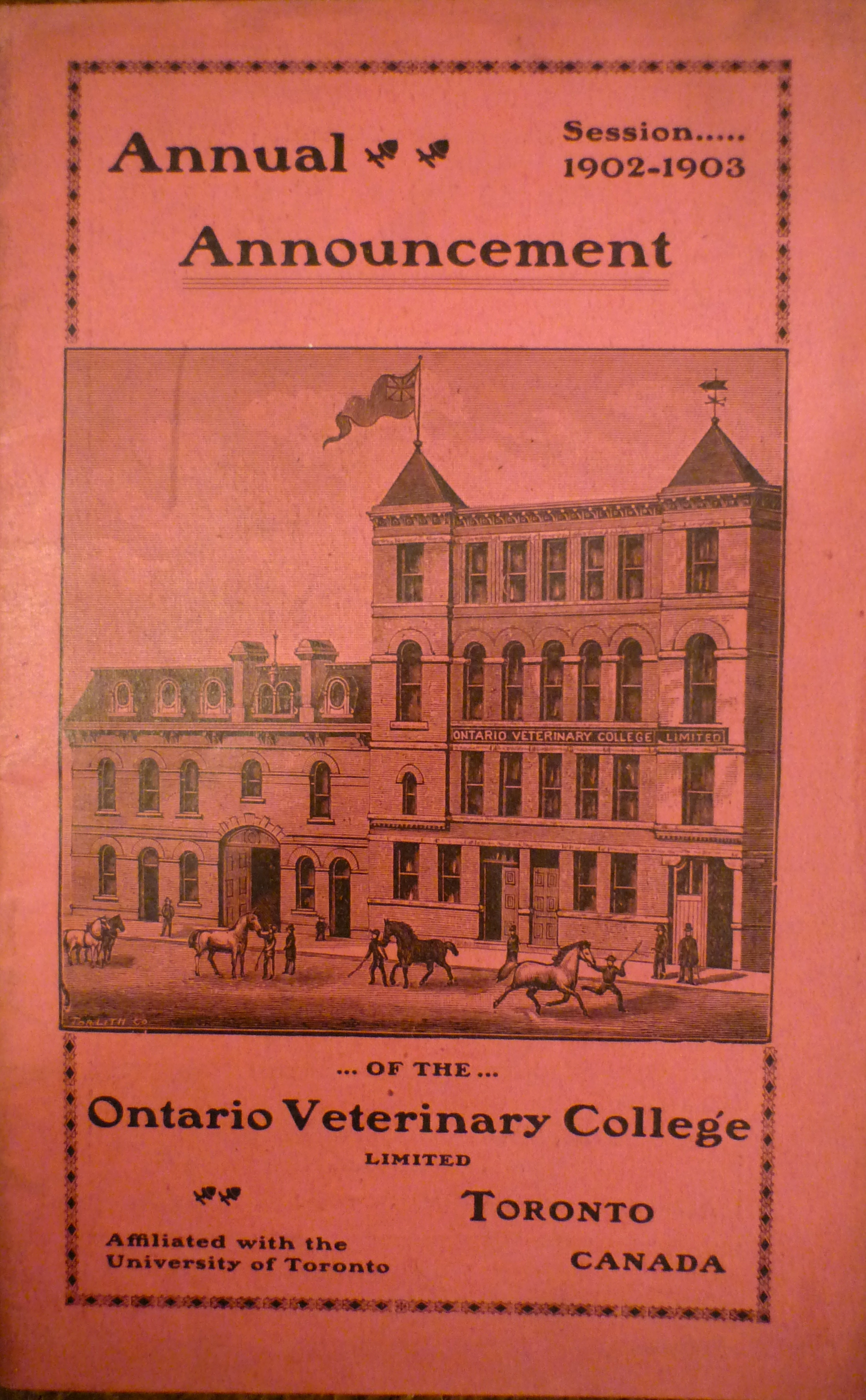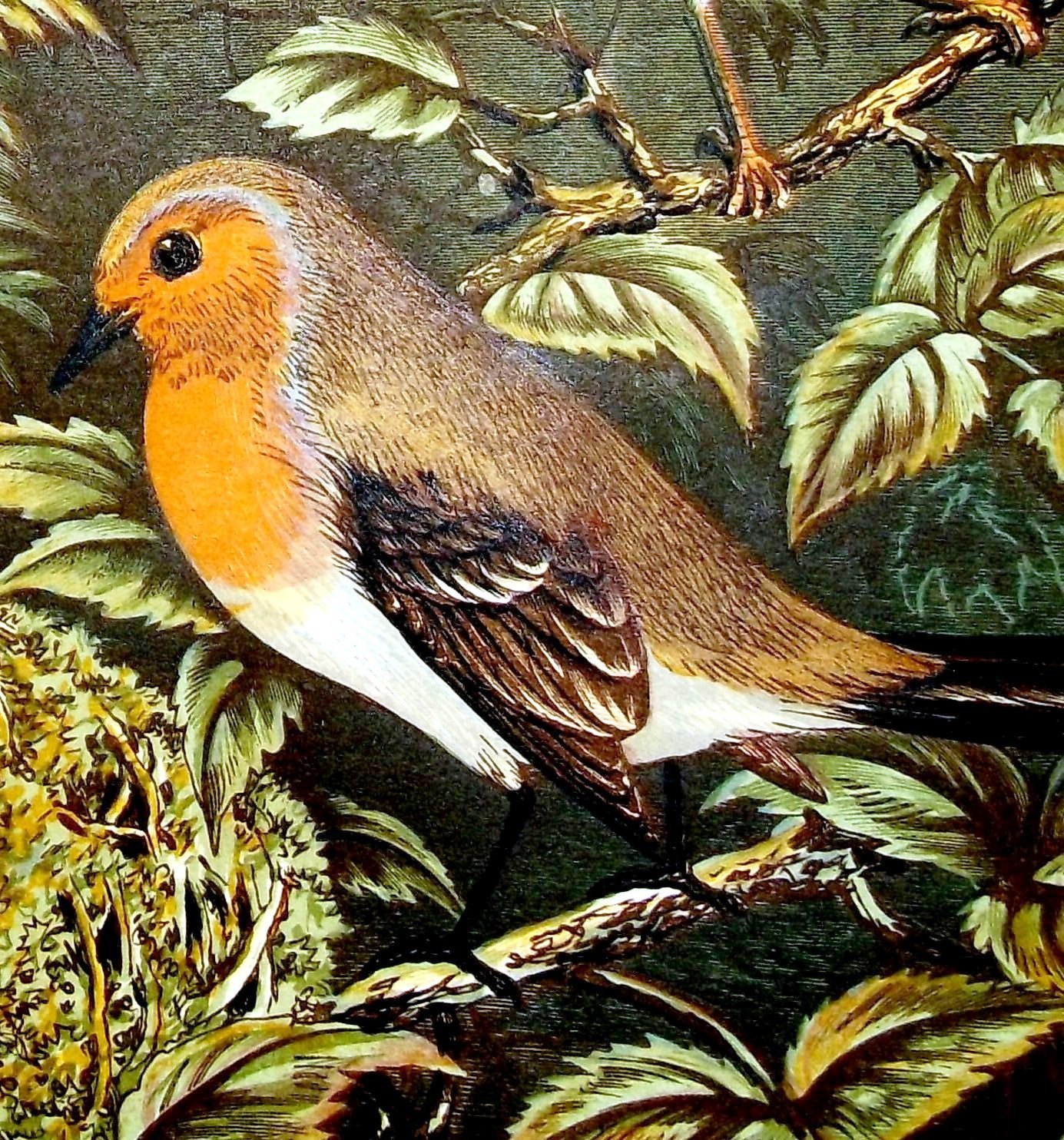The 1881 list of ‘Existing Practitioners’
In the summer, with the help of our intern Josh, we were able to sort the bundles of applications for entry on the List of Existing Practitioners which were submitted to the RCVS in 1882. The List of Existing Practitioners came into being as a result of the Veterinary Surgeons Act 1881. The introduction to the […]

